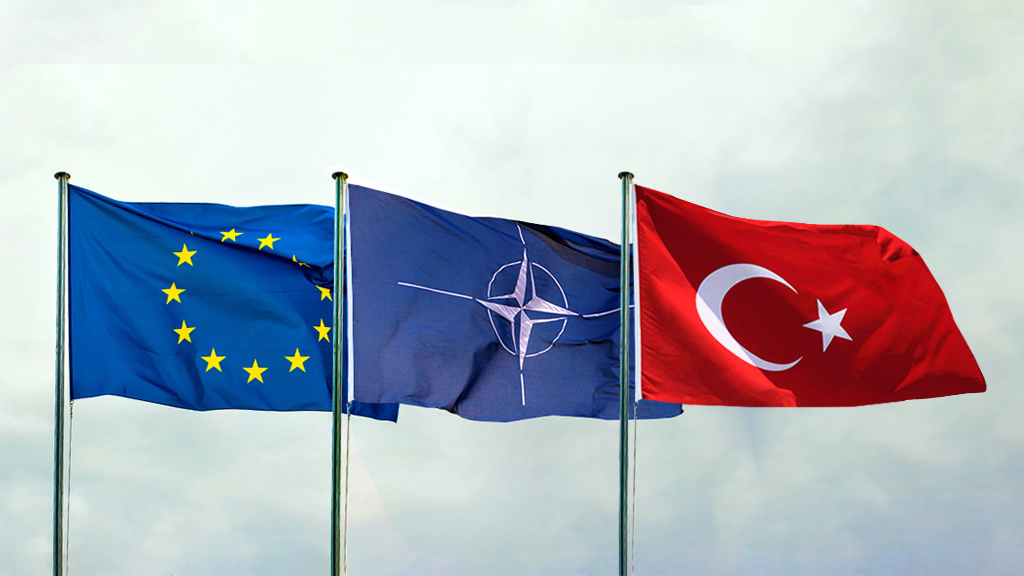After eight years of periodic crises in Turkish-American relations, the two countries are increasingly revitalizing their relationship in the age of the Arab Spring and a Pacific Century for the United States.
The new paradigm in relations seems to be working so far in critical issue areas, including Syria and NATO’s missile shield. However, the endurance of this partnership has yet to be seen. The future of cooperation in bilateral relations depends on multiple conditions, including preventing misperceptions and misunderstandings on both sides, respecting individual interests and concerns and diversifying the areas of cooperation. In addition to its current level, the partnership also needs a more complex bilateral engagement with economic, social and political ties on multiple levels in order to become resistant to crises and conflicts of interests in current issue areas.
The state of Turkish-American relations in the last eight years has become a subject of controversy, debate and in some instances polarization among pundits from different political and ideological backgrounds. The “Who lost Turkey?” debate in the early 2000s evolved into a “shift of axis” argument in the last years of the decade, and for a considerable number of these pundits this period marked the end of a half-century-long alliance. Although in the first months of the Obama administration, the parties tried to reconcile the differences between them and put forward the concept of “model partnership” in order to create a new form of cooperation, these efforts failed to come to fruition.
The final nails in the coffin were considered to be when the two parties confronted each other at the UN Security Council regarding sanctions against Iran and when a trilateral relationship between the US, Israel and Turkey was damaged due to the flotilla incident. In fact, the last decade was a “crisis period” for bilateral relationship after the dominance of the Cold War alliance paradigm that had somewhat survived after the fall of the Soviet Union. In this period of crisis, both parties were trying to redefine the relationship while each in itself was recalibrating their foreign and security priorities and evaluating their strategic environment.
JUMPSTARTING DECADES-OLD PARTNERSHIP
With major changes facing the Middle East, the two countries finally found a common ground to jumpstart their decades-old partnership. Throughout 2011 and especially during significant periods of the Arab Spring, the two countries followed parallel policies in the management of events in Egypt and Libya and showed similar strong reactions against the Syrian government. In the meantime, Turkey agreed to host radar systems for the NATO missile shields, and the US showed strong support for Turkey in its war against the Kurdistan Workers’ Party (PKK), both verbally through condemnation of PKK terror and militarily by selling Turkey three SuperCobra attack helicopters and four Predator unmanned aerial vehicles (UAV). The increasing rapport between Prime Minister Recep Tayyip Erdoğan and President Barack Obama, and their constant communication to evaluate regional developments, helped to revive their mutual trust.
In recent days, in both capitals the debate on Turkish-American relations is taking place on the premise of an emerging partnership. Some pundits who used the “shift of axis” framework in describing the relationship became ardent optimists of the future of bilateral relations. Even analogies started to be drawn with the alliance between the US and Turkey during the Cold War.
However, one needs to be cautious about this new partnership. The emerging paradigm of cooperation and partnership is different than previous Turkish-US engagements. First of all, there is neither a systemic source of partnership, such as a bipolar world, nor is there a solid common threat or threat perception which can bring these two countries together in








